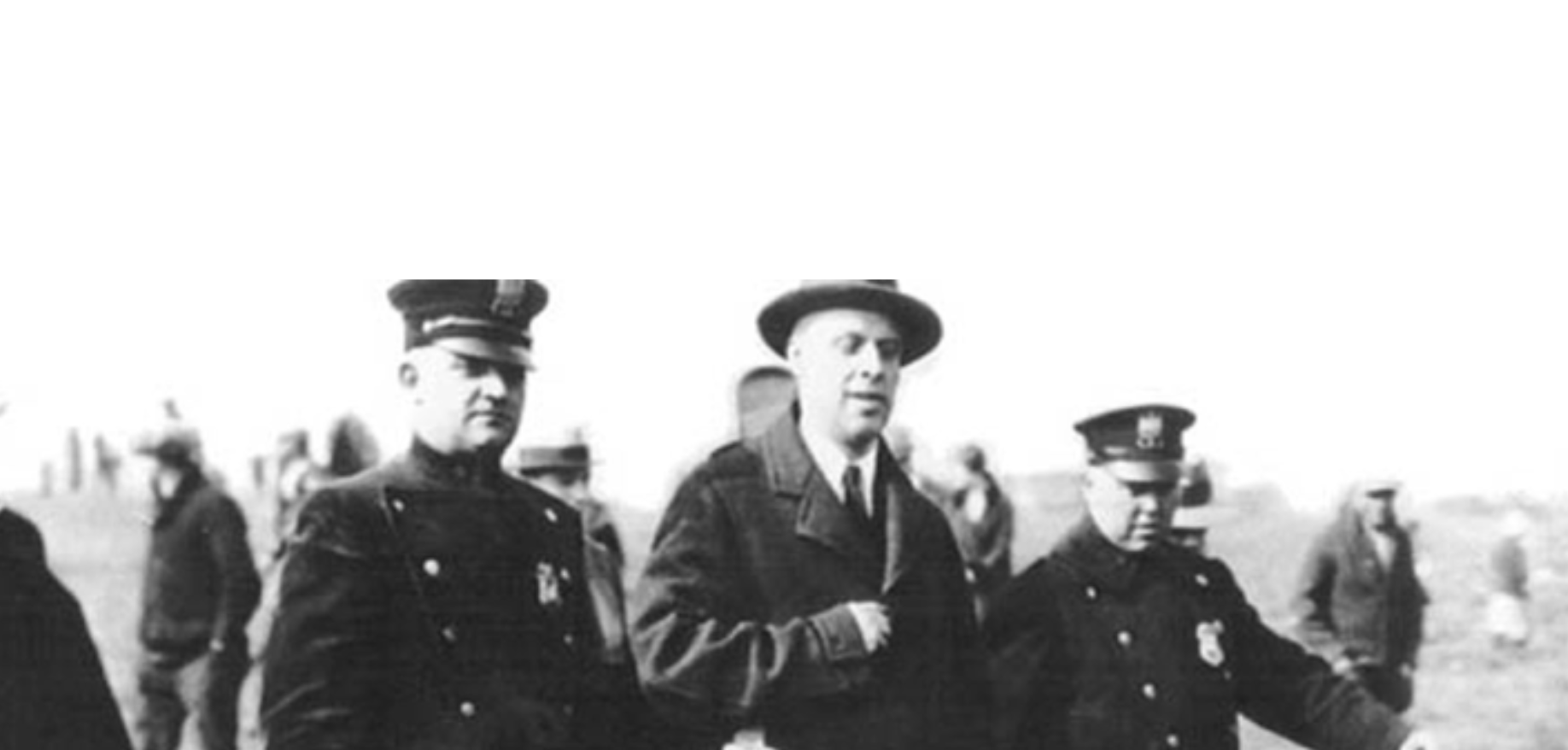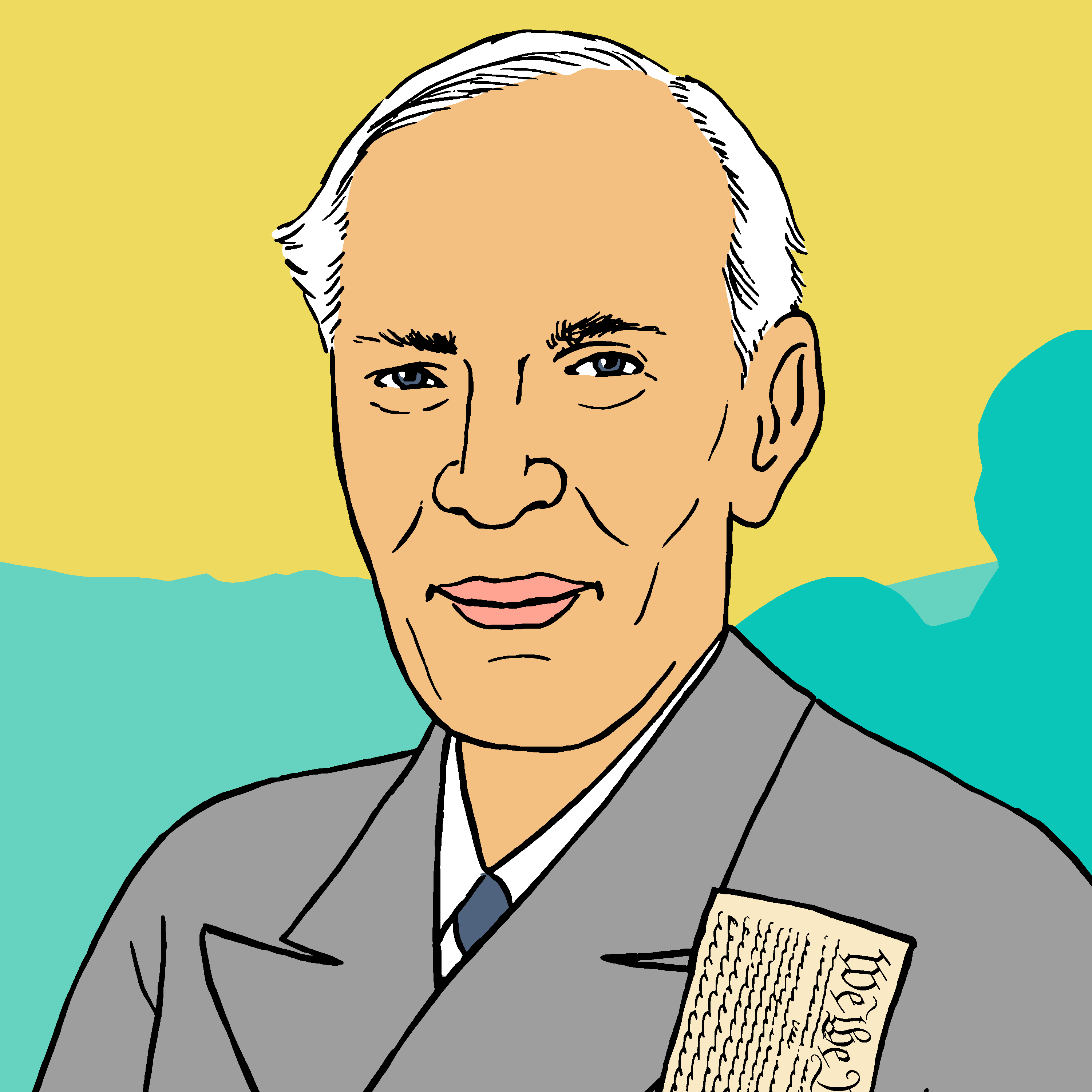As a war on protest rages in state legislatures across the country — sparked by demonstrations over the killing of George Floyd — we would do well to remember that the rights to free speech and assembly can never be taken for granted. Political and ideological attacks on these rights have a long history.
It was 98 years ago this month — on May 15, 1923 — that author Upton Sinclair stood before a group of striking longshoremen in San Pedro and began reading from the First Amendment to the United States Constitution.
He was still on the first sentence when police hauled him off the podium, arrested him, and took him to jail.
Sinclair’s arrest, which sparked the creation of the ACLU of Southern California, was emblematic of the suppression of free speech and assembly that prevailed in the early 20th century and that gave rise many years later to modern First Amendment principles.
The workers who had gathered that day on a hill overlooking the docks were organized as a local branch of the Industrial Workers of the World. They went on strike in protest not only of low wages and unsafe working conditions, but also against the imprisonment of union activists under California's Criminal Syndicalism Act of 1919.
That act targeted "any doctrine or precept advocating . . . the commission of crime, sabotage . . . or unlawful acts of force and violence . . . as a means of accomplishing a change in industrial ownership or control, or effecting any political change.”
California was not alone; several states had enacted criminal syndicalism laws that authorities used to target labor unionists, socialists, and communists. These laws led to the arrest, conviction, and imprisonment of thousands of people, including those engaged in purely peaceful protests and meetings.
The First Amendment, as it was then understood, provided no defense. Between 1919 and 1927, the U.S. Supreme Court upheld convictions under the criminal syndicalism laws in four cases. In Whitney v. California, for example, the court upheld Charlotte Whitney’s conviction under California’s anti-syndicalism law for helping to establish the Communist Labor Party of America.
Sinclair had told the police chief before the rally that his only purpose was to read the Constitution. But the police chief responded that “this Constitution stuff” did not apply at the harbor.
It was not only “Constitution stuff” that was considered incendiary that day. Three of Sinclair’s friends were taken in after reading from the Declaration of Independence. The police held the men incommunicado for two days, preventing Sinclair from speaking with his wife or lawyer, who were concerned for his safety.
Sinclair spoke at crowded meetings of free speech advocates held every afternoon and evening for a couple of weeks following his release, and ultimately, all charges against him and the others were dropped. Sinclair went on to co-found the ACLU SoCal, the first affiliate of the national organization.

Sinclair arrested in San Pedro by LAPD on May 15, 1923.
The ACLU challenged criminal syndicalism laws over the next five decades, until 1969, when the Supreme Court established that speech is protected under the First Amendment unless it is “directed to inciting . . . imminent lawless action” and likely to incite “imminent lawless action.”
Lawmakers in 34 states have now introduced more than 80 anti-protest bills so far this year, more than double the number introduced in any other year. In Oklahoma and Iowa, legislators passed bills to give immunity to drivers whose cars strike protestors. In Minnesota, a bill was introduced to prevent anyone convicted of a protest violation from getting unemployment benefits and student loans. And in Indiana, a proposal barred anyone convicted on an unlawful assembly charge from state employment, including elected office.
The intent of today’s anti-protest laws is no different from the criminal syndicalism laws — seeking to silence rather than engage with the message of protest and dissent.
Sinclair knew — and we must remember — that no civil liberties victory stays won. After being released from jail, he wrote a public letter to the police chief.
“All I can say, sir, is that I intend to do what little one man can do to awake the public conscience, and that meantime I am not frightened by your menaces,” Sinclair wrote. “I know that our liberties were not won without suffering, and may be lost again through our cowardice. I intend to do my duty to my country.”
Date
Friday, May 14, 2021 - 8:00amFeatured image

Author Upton Sinclair helped found the ACLU of Southern California, the first affiliate of the organization, in 1923. Image from "The Care We Create" mural at the ACLU SoCal L.A. offices by Audrey Chan.

